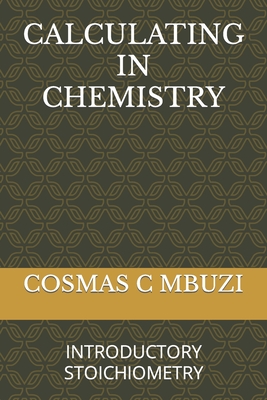This book is intended to help students fully grasp calculations involving reacting quantities. Students in higher courses may find it a helpful revision and enhance their clarity. The book completely discusses the key topics in basic stoichiometry, including the
mole concept,
reacting quantities, and
empirical and
molecular formulas. It begins with the basic concepts and formulas required to covert various quantities to moles or amount of substance. This particularly useful to a beginner.
Chapter 2 describes how to calculate reacting reacting quantities and therefore provides a general step-by-step framework or approach by which to solve these problems. The chapter also describes and applies the concept of a limiting reagent. Two methods of determining a limiting reagent are explained and illustrated. The concept of limiting reagent is extended to reacting volumes of gases with a short-cut method. A short-cut method for solving reacting quantities involving masses and volumes of gases is also given.
Chapter 3 describes the calculations involved in the practical determination of molecular and empirical formulas. A clear meaning of percentage composition of mass is provided and used to solve problems in a step-by-step manner.
In chapter 4 we discuss percentage yield and purity. A number of examples are given to illustrate how formulas of yield and purity are used in various circumstances. A student will find these examples helpful in relating different formulas for percentage purity.
The last chapter introduces a graphical method for reacting quantities. The method may provide a new way of looking at chemical reactions. Examples are given to illustrate the method including how it can be used to determine limiting reagents.
It is hoped that the book will provide all the necessary knowledge and skills to students studying an introductory chemistry course. Teachers may also find this book a good resource for their lessons in stoichiometry.











